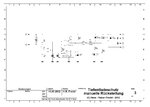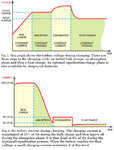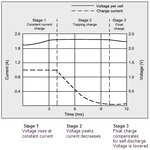rfredel
Full Member level 5

- Joined
- Jun 22, 2012
- Messages
- 290
- Helped
- 80
- Reputation
- 160
- Reaction score
- 77
- Trophy points
- 1,308
- Location
- Bonn, Germany
- Activity points
- 3,096
Hello cmsrlabs,
the problem of the of the lifetime of batteries is, that some batteries have a short life and the other one have a long life.
According to law of Germany the dealer or distributor of devices has to give 2 years warranty and to change the bad device without paying. After two years and one day the customer has to pay all. I don't know how it is in your country.
Normaly you can say, if their is no overload or other faults in the circuits all devices will survive the time of warrenty.
I develope and sell electronic devices and until now I have no problems with the warranty since 30 years.
Regards
Rainer
the problem of the of the lifetime of batteries is, that some batteries have a short life and the other one have a long life.
According to law of Germany the dealer or distributor of devices has to give 2 years warranty and to change the bad device without paying. After two years and one day the customer has to pay all. I don't know how it is in your country.
Normaly you can say, if their is no overload or other faults in the circuits all devices will survive the time of warrenty.
I develope and sell electronic devices and until now I have no problems with the warranty since 30 years.
Regards
Rainer






